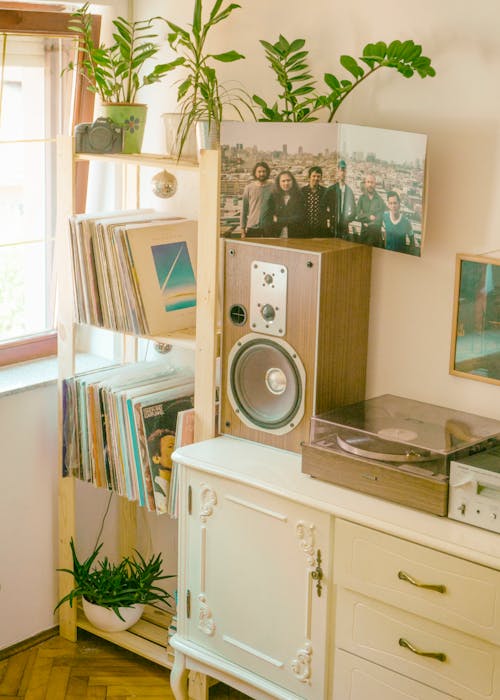“Embrace Serenity: Designing Your Perfect Minimalist Living Room
Creating a peaceful and uncluttered home environment starts with a carefully designed space. The **minimalist living room** trend is more than just an aesthetic; it’s a lifestyle choice that promotes calm, reduces stress, and encourages focus. If you’re looking for room ideas that prioritize simplicity and functionality, transforming your living room into a minimalist sanctuary is an excellent place to begin.
**What is a Minimalist Living Room?**
At its core, a **minimalist living room** embraces the philosophy of “less is more.” It’s about stripping away the non-essential to highlight what truly matters. This means clean lines, limited decor, a focus on quality over quantity, and a harmonious, clutter-free space.
**Why Choose a Minimalist Living Room Design?**
Opting for a **minimalist living room** offers numerous benefits:
1. **Reduced Stress:** Less clutter equals less visual noise, leading to a calmer mind.
2. **Increased Focus:** With fewer distractions, you can concentrate better on activities or conversations.
3. **Easier Cleaning:** Simply put, there’s less stuff to clean around and dust.
4. **Enhanced Aesthetics:** Quality pieces and thoughtful arrangement shine in a minimalist setting.
5. **Promotes Intentional Living:** Every item in the room serves a purpose or holds significance.
**How to Create Your Minimalist Living Room**
Ready to transform your space? Follow these steps to design a beautiful and functional **minimalist living room**:
1. **Declutter Ruthlessly:** This is the most crucial first step. Go through everything. Ask yourself if each item is essential, useful, or truly brings you joy. Be prepared to donate, sell, or discard items that don’t meet these criteria.
2. **Choose a Neutral Color Palette:** Minimalist design often features soft, neutral colors like whites, grays, beiges, and muted earth tones. These colors create a sense of calm and spaciousness. You can add subtle pops of color through carefully selected accessories.
3. **Focus on Essential Furniture:** Select furniture pieces that are functional, comfortable, and have clean, simple lines. A quality sofa, a coffee table, and perhaps a single armchair might be all you need. Opt for pieces with built-in storage to hide away items.
4. **Prioritize Quality over Quantity:** Instead of filling the room with many inexpensive items, invest in a few well-made, durable pieces that you love.
5. **Maximize Natural Light:** Keep windows unobstructed to allow natural light to flood the space. Use sheer curtains or no curtains at all if privacy allows.
6. **Add Texture and Warmth:** To prevent the space from feeling sterile, incorporate different textures through textiles like throws, pillows, a rug, or materials like wood and metal.
7. **Be Selective with Decor:** Choose only a few meaningful pieces of art, a single plant, or one or two decorative objects. Each piece should have a purpose or significant aesthetic value.
8. **Organize and Conceal:** Utilize smart storage solutions like baskets, trays, and furniture with hidden compartments to keep surfaces clear and tidy.
**Key Elements of Minimalist Living Room Design**
* **Furniture:** Simple, functional shapes; low profiles are common.
* **Color:** Primarily neutral base with minimal accent colors.
* **Decor:** Sparse, meaningful, and intentional pieces.
* **Lighting:** Emphasis on natural light, supplemented by simple, functional fixtures.
* **Storage:** Integrated and often hidden to maintain clean lines.
Creating a **minimalist living room** is a journey towards a more peaceful and intentional way of living. By focusing on simplicity, functionality, and thoughtful design, you can transform your living space into a serene retreat that promotes relaxation and well-being.”




